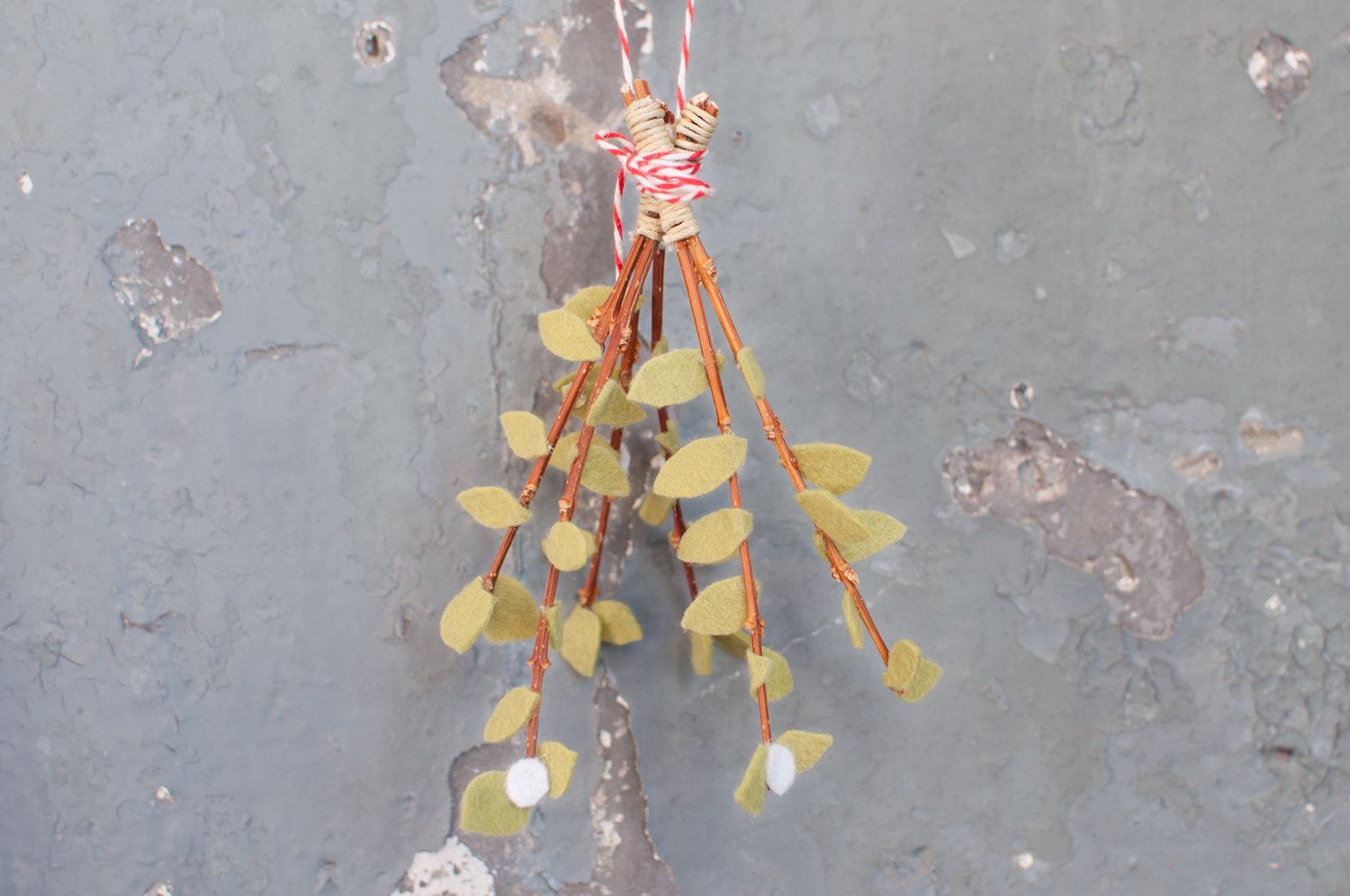Succulents are really easy plants to care for. They're not only easy to keep alive with just a little bit of water and access to sunlight, but they are also simple to plant. Succulents can thrive indoors year-round and can live outdoors in most climates. The easiest way to grow and propagate these plants isn't through planting seeds, but by taking cuttings from established plants. Planting them yourself gives you better creative control over how your arrangement looks, and is an inexpensive introduction to gardening that you can do without access to a backyard or porch. If you've ever been curious about how to plant your own succulents, you're in luck because we're going to show you what to do!
What You'll Need:
- Succulent cuttings or leaves. If you don't have them from a cutting you took, you can get them from Amazon and several sellers on Etsy.
A well-draining soil. For this tutorial I'm making my own using 1 part potting soil mixed with 1 part sand, but you can also buy pre-made soil mixes made for succulents and cacti.
A planter or tray to plant in.
Water.
Small river stones or rocks (optional).
What To Do:
Gather Your Succulents To Plant
We're going to be planting a variety of types of succulents from both cuttings and fallen leaves for this tutorial. Gather together what you would like to plant. You can either clip cuttings from an established plant or use fallen leaves. You can also find cuttings at most florists and online if you can't find them elsewhere. I purchased mine from a seller on Etsy, but you can find them on Amazon, too.
Prepare your succulents for planting.
Preparing your succulents is the most important part of this process. You want to make sure that you have enough of the stem to plant beneath the soil to support the plant. Remove any extra leaves from the bottom of the stem. For larger cuttings, about an inch of bare stem is fine, and you can use less for smaller cuttings.
Next, look at the bottom of your cutting. The plants should have a "callous" on them, meaning that the bottom of the plant has dried out. This forms a few days after cutting the succulent, so you should wait a few days before planting freshly cut succulents. You can speed up this process by leaving the cutting on a paper towel or paper bag for the end to dry faster.
The great thing about succulents is that you can plant their leaves, too, so save the leaves you removed from the stem. Check for rotten parts of your succulents. Any part of the plant that is black has rotted, and this can spread to other parts of the plant and will eventually kill it. The rotten portions can be removed simply by cutting it.
Mix your soil.
If you're not using a pre-mixed blend of soil for succulents, you'll need to prepare your soil so that it will drain well to allow your succulents to thrive. I mix one part potting soil with one part sand, which allows the soil to drain well. I also like to keep some small rocks on hand to place around the base of larger plants to help anchor them in the soil.
Pour your soil mixture into a pot or tray. I'm recycling a baking pan that I can no longer use for baking as a planting tray.
Plant!
Now we've gotten to the fun part! Make a small hole in the soil, about an inch deep. Place your cutting into the depression, and cover with soil.
If you're planting more than one cutting, make sure to place them about 2-3" apart.
Make sure your plants get enough water. Succulents don't usually need a lot of water, but while they are establishing their roots, you'll need to water them every 2-4 days, depending on how dry the soil gets. Don't be surprised if you see the leaves start to look a little dried out at first, this is the plant using it's stored energy resources while it builds new roots. In about four weeks you'll start to see new growth. Once the plants have established their roots and begin to grow, switch to weekly watering or only when the soil is dry.
Admire and Show Off Your Work!
Great job! Show off your green thumb and your amazing handiwork to all your friends! Once these plants have established their roots and started growing in about 3-6 weeks, they'll be ready for repotting if you choose. Plant them in a small mason jar or colorful pot, and they make a great holiday gift for coworkers and friends!








































